“I aim to capture the flow and movement of the glass in the glassblowing dance,” says New York-based sculptor Jamie Harris. Art and sculpture, for the ones passionate enough, are often poetic escapades into and profound encounters with unpredictability and consequent surrender. What is to come, what is to be achieved, retreats into a blur as the artistic process unfolds by the moment—treading a path far from linear. The objects that culminate are what artists ‘chance upon’ rather than what they calculate and map. But it is in these unplanned moments of vulnerability that creativity truly thrives, and art retrogrades, or evolves, into its quintessential form—an act of guiding, while knowing when to let go.
Harris’s practice, and his glistening glass sculptures, stem from a similar surrender to the material and its character. Working primarily with glass, he approaches his art process with the sensibility of a painter. His sculptural art and lighting design strives to capture the colour, light, and fluid movement of the glassblowing process, exploring the innate way glass transmits, reflects, and absorbs colour. In his recent series dubbed Infusion, Harris develops a method to combine glassblowing and casting processes. The resultant rich colour-filled sculptures encapsulate the alchemy of the glass-making process into a static, impenetrable three-dimensional image of colour and light. These sculptures infused with explosions of colour take the shape of blocks, wall panels, orbs and even illuminated lighting sculptures. The American artist utilises the Venetian-trained techniques of layering and banding multiple coloured bubbles of glass as a way to generate washes of sensuous, painterly colour in a kiln-cast solid mass—reinterpreting the ‘incalmo’ Venetian technique.
In an exclusive conversation with STIR, Harris revisits the inspirations and encounters that mould his oeuvre, diving deep into what goes on behind the scenes as his expression collides with the inherent capricious nature of the material.
Anushka Sharma: What inspired you to conceive the Infusions series?
Jamie Harris: My work has long involved layering colour in the hot shop, using a complex glassblowing technique where one coloured bubble is overlaid over another, and my love of that process and of the fluid motion that the colour fields exhibit when moulded and shaped at 2000 degrees drove me to develop the Infusion series. My goal is to create a sophisticated abstract painting in three-dimensional colour that captures and conveys the way molten glass transmits colour.
Anushka: For the series, you have invented a process that combines glass-blowing and kiln casting. What was the process of evolution like and did you face any challenges?
Jamie: The process started with rule-breaking! Glassblowing and glass-casting are such different techniques, with such different technical requirements that they traditionally use different types of glass. My innovation was in shaping the glass at the furnace, to capture in the glass the movement of the molten glass blowing process, and then use the resulting glass solid element as the source of my final cast piece. I have had a long learning curve in trying to predict how the colour fields will move in the second heat treatment, and a lot of scientific experimentation to determine what colours will work. Some pieces don’t survive the process—the glass used in glassblowing is not designed to be melted again in a kiln, and as a result, some colours cause cracking and other failures.
Anushka: Where do you draw inspiration from for your creations?
Jamie: I constantly look for inspiration, often in paintings, but I try to keep my colour thoughts fluid. I often come into the studio with a planned impression of how I want to build a piece, but allow the vagaries of the hot-working process to help direct my final decisions.
Anushka: When did you first encounter the traditional Italian glass ‘incalmo’ format? Why did you choose it as a muse and how do you reinterpret it?
Jamie: I remember learning the ‘incalmo’ technique of glass more than 20 years ago at a master-class workshop taught by glass artist Katherine Grey. I immediately connected it to my long-time love of Rothko’s work. In glassmaking, it is a traditional Venetian technique, used in blown glass to create blown vessels in multiple colours. But I have reinterpreted the process by applying it to solid glass, combining it with other methods of shaping and sculpting the glass and using it as the vocabulary in which I build my solid glass ‘paintings’.
Anushka: How did you develop this sculptural expression that embodies a flow and movement in the glass?
Jamie: So much of my work is defined by my love of the process. The work is most successful for me when I can capture in the final piece that flow that is part of the complex dance of the glassblowing process, and the way the 2000-degree colours glow and mutate while cooling as you shape the glass at the furnace. At my core, I still connect to the teenage version of myself that first fell in love with glassblowing—the sport, dance, and technique of the craft—and that feeling still connects to my work.
Anushka: Your oeuvre comprises sculptures and lighting design. What were the challenges in combining the two in your recent lighting sculptures?
Jamie: In my recent lighting pieces, I aim to bring the same painterly sense of colour exploration to the illuminated sculptures. The biggest challenge is in how light changes the piece! Suffusing the glow of light through the glass causes the colours to be blown out and muted, and the challenge is in combining pieces to create the colour effect I am after. Similarly, as my pieces have grown in scale and complexity, the challenge has been in building up larger ‘canvases’ and successfully tying the piece together to create the colour effect I am after.
Anushka: The sculptures are conceived in a spectrum of colours. What is the thought that goes behind the choice and combination of colours?
Jamie: For me, colours have emotional resonance, and I constantly seek to combine them in ways that convey an abstract and strongly emotive feeling. My colour sensibility changes constantly—the way I approach a new piece now will be different than even a year ago.
Anushka: You mention the unpredictability that is intrinsic to your process. How has your approach and understanding of the material evolved with these encounters?
Jamie: One of the largest challenges in my work is predicting the final hue in a colour I choose. I start with a glassblowing colour bar, which is massively dense, and I dilute the pigment as I blow the coloured bubble that will be joined in the piece. That colour will dilute throughout the process—as it is blown into a bubble, as it is merged and shaped with the solid glass, and then later again as it is cast into the final shape. The challenge when I start in the hot shop is trying to see all these steps in the future as I make that initial and formative decision about colour pigment. I have gained experience over the years that shape these decisions—I am better at predicting that future, final colour—but I also accept that so much variation is introduced in the glassmaking process and that the variation of the process is part of the piece as well.
Anushka: Is there a reason behind creating minimal forms for your sculptures? Do you plan to explore forms other than the blocks and the orbs for the series?
Jamie: The block form is meant to be evocative of the painting format—I see these pieces as three-dimensional paintings. But I do have plans for explorations in the future, where the cast shape is more organic. There’s always another direction for the work to explore!
Anushka: What is NEXT for you?
Jamie: I have spent much of the last exploring translating the Infusion Orb pieces into a pendant. It’s been a massive challenge to master how light transforms the solid glass when illuminated, and I am just finishing the first pieces ready to show in this work. I am really excited by the new work and eager to see where I take it as I start making more of them.






 Sign in with email
Sign in with email


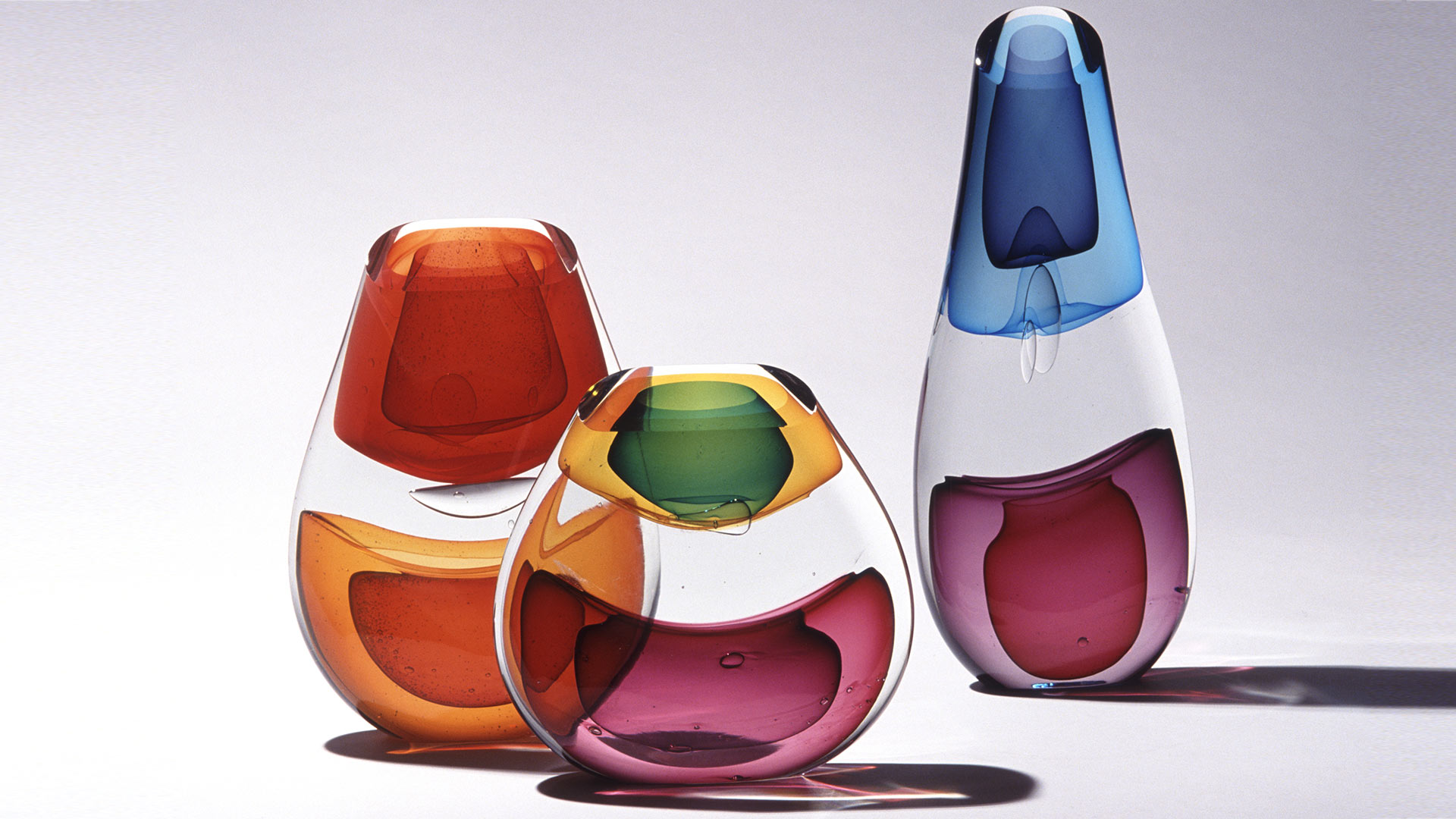
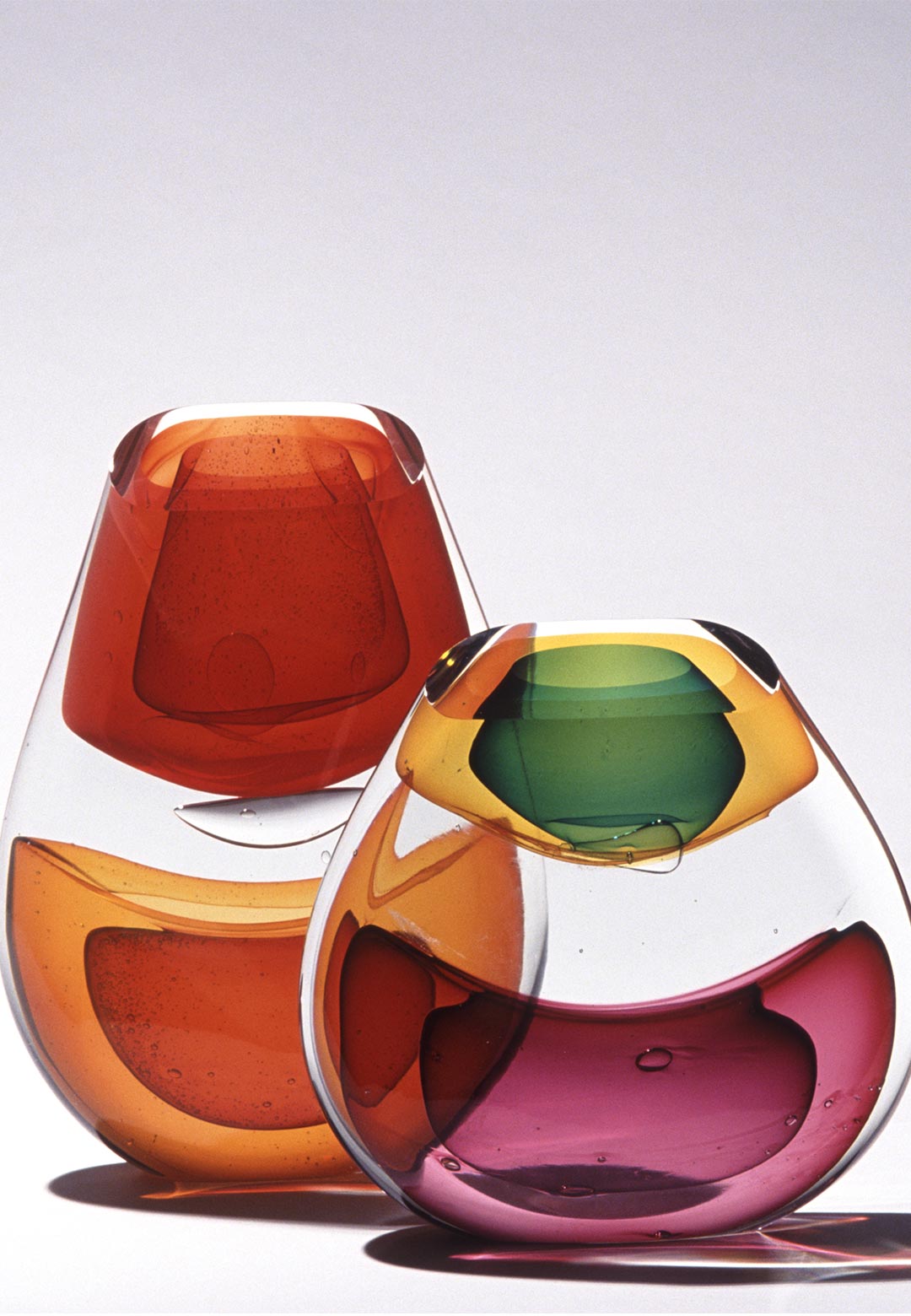
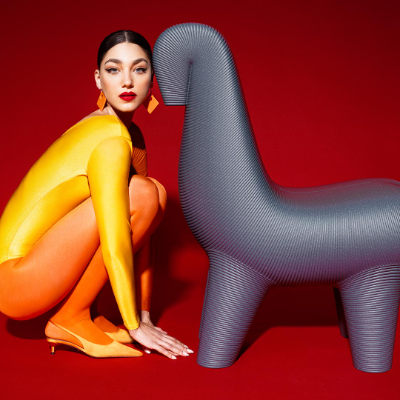
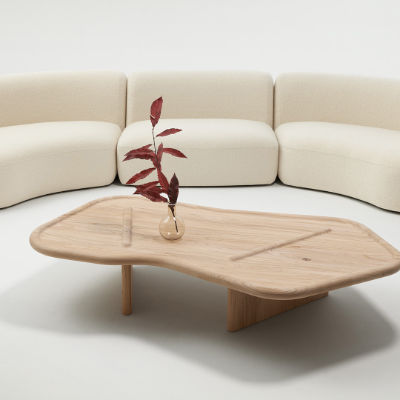
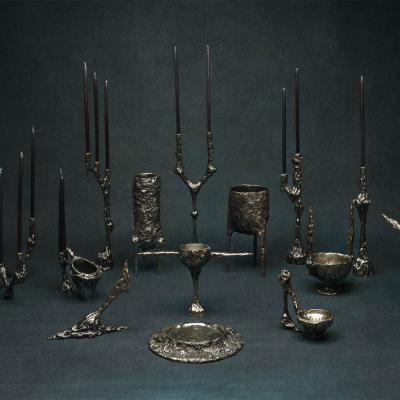
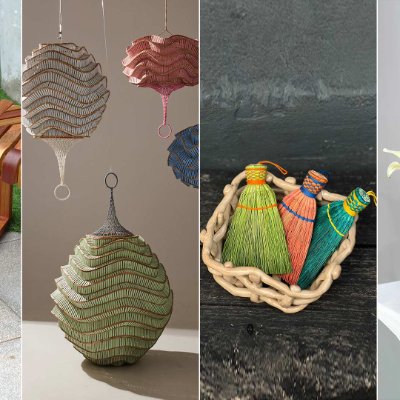
What do you think?